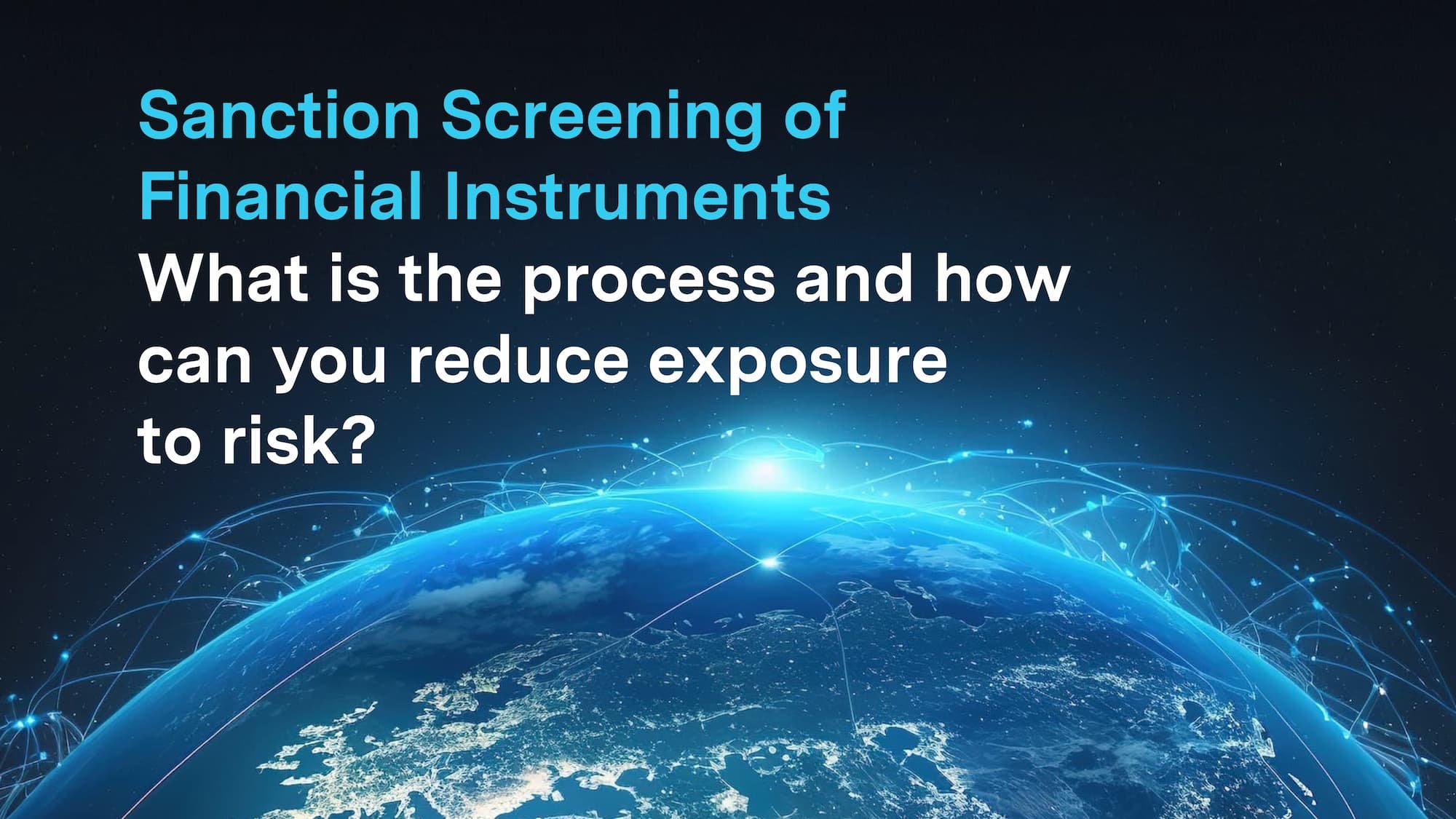
Insights
Explore expert insights on AI, Predictive Analytics, financial crime prevention and regulatory compliance. Our articles cover key topics including AML, KYC, sanctions screening, and emerging technologies - offering strategic perspectives, practical guidance, and thought leadership for organisations navigating an evolving risk and regulatory landscape with the help of the latest technology solutions.
Exploring the intersection of intelligence, regulation, and technology in a changing world.
Select Category
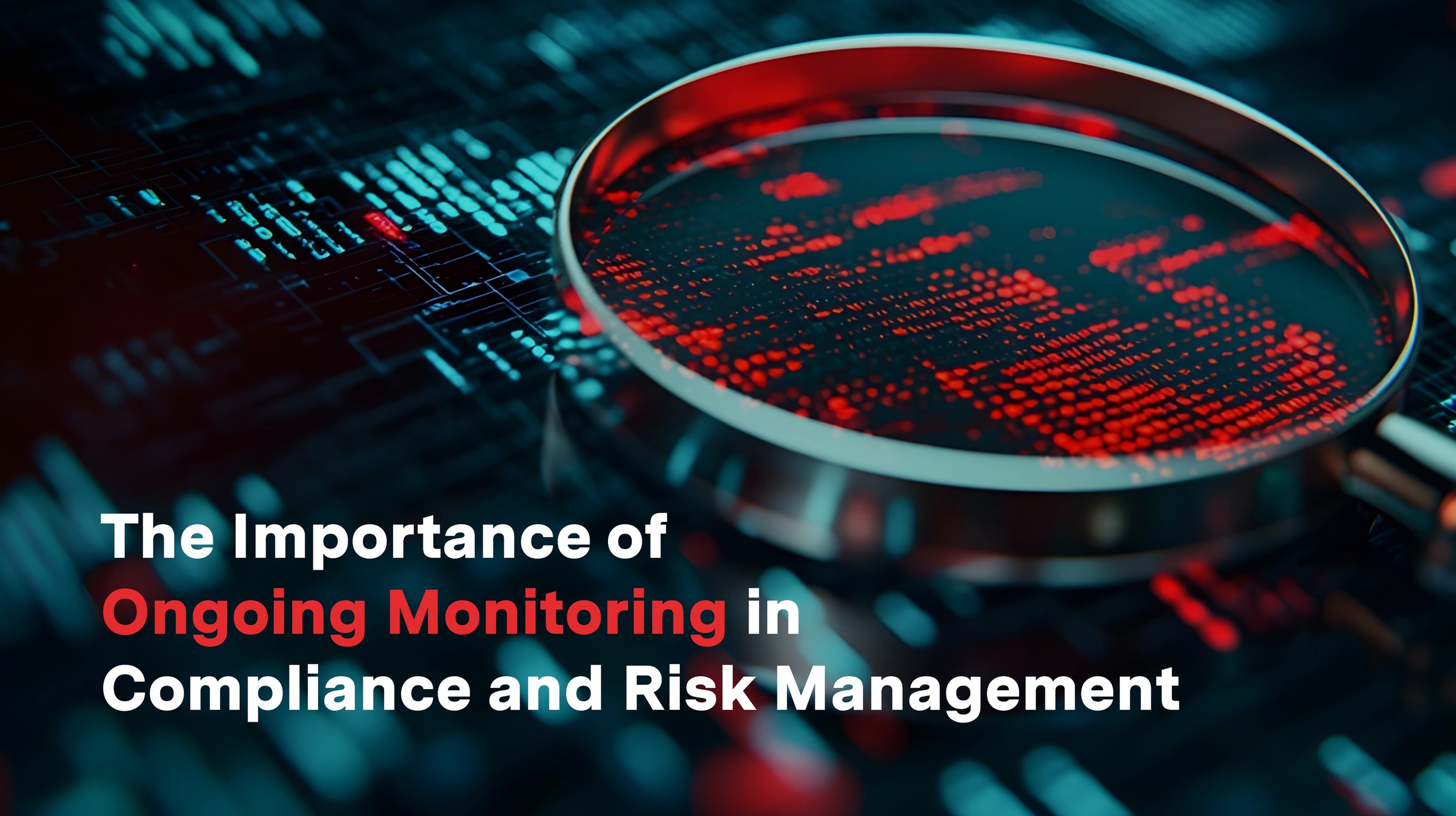
The Importance of Ongoing Monitoring in Compliance and Risk Management
Explore how ongoing monitoring fortifies compliance and risk management. Understand its role in AML and KYC, key components, and the impact of technology on proactive risk detection.
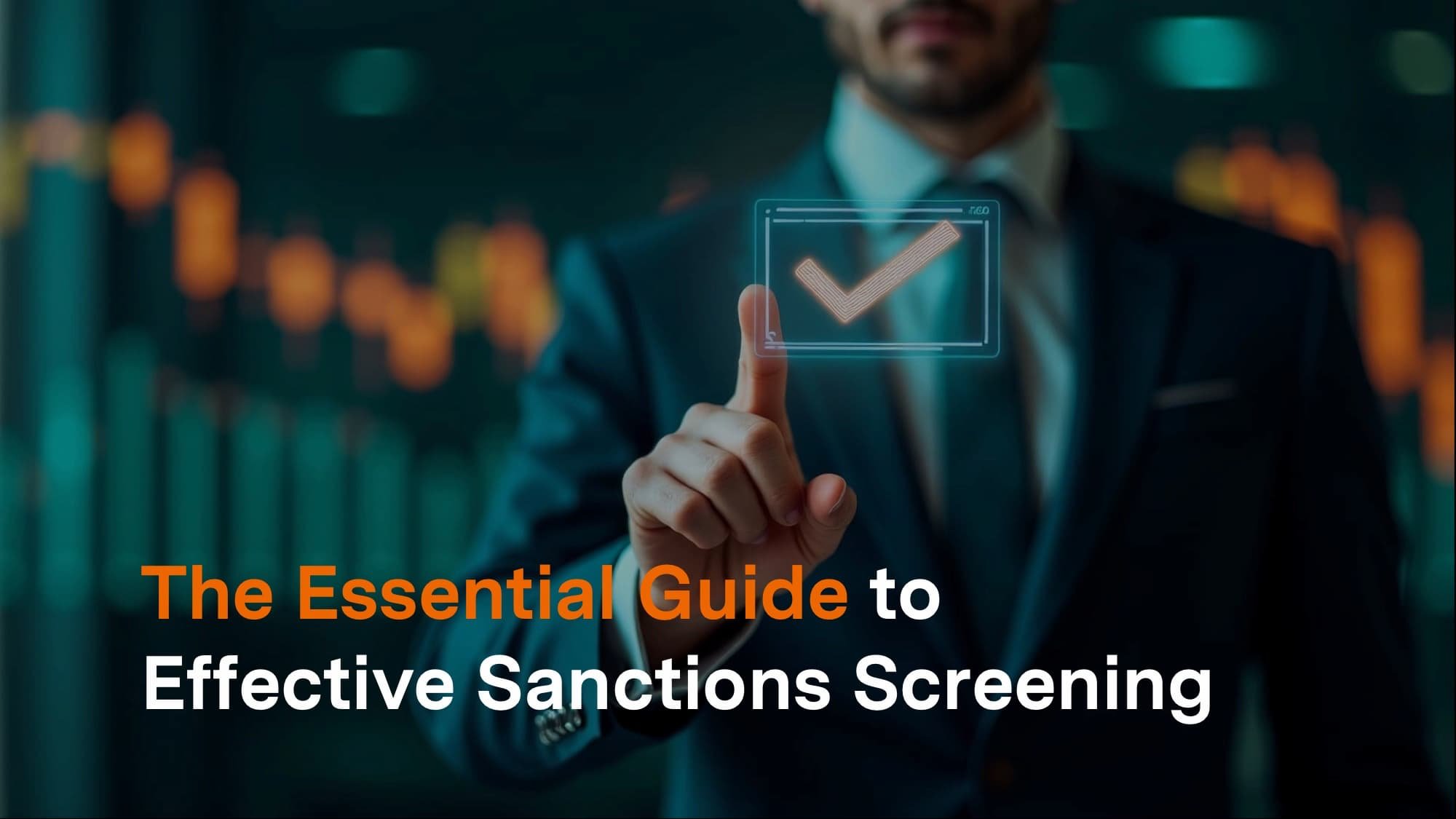
The Essential Guide to Effective Sanctions Screening
Explore the crucial role of sanctions screening in compliance. Discover best practices to protect your business and ensure regulatory adherence.
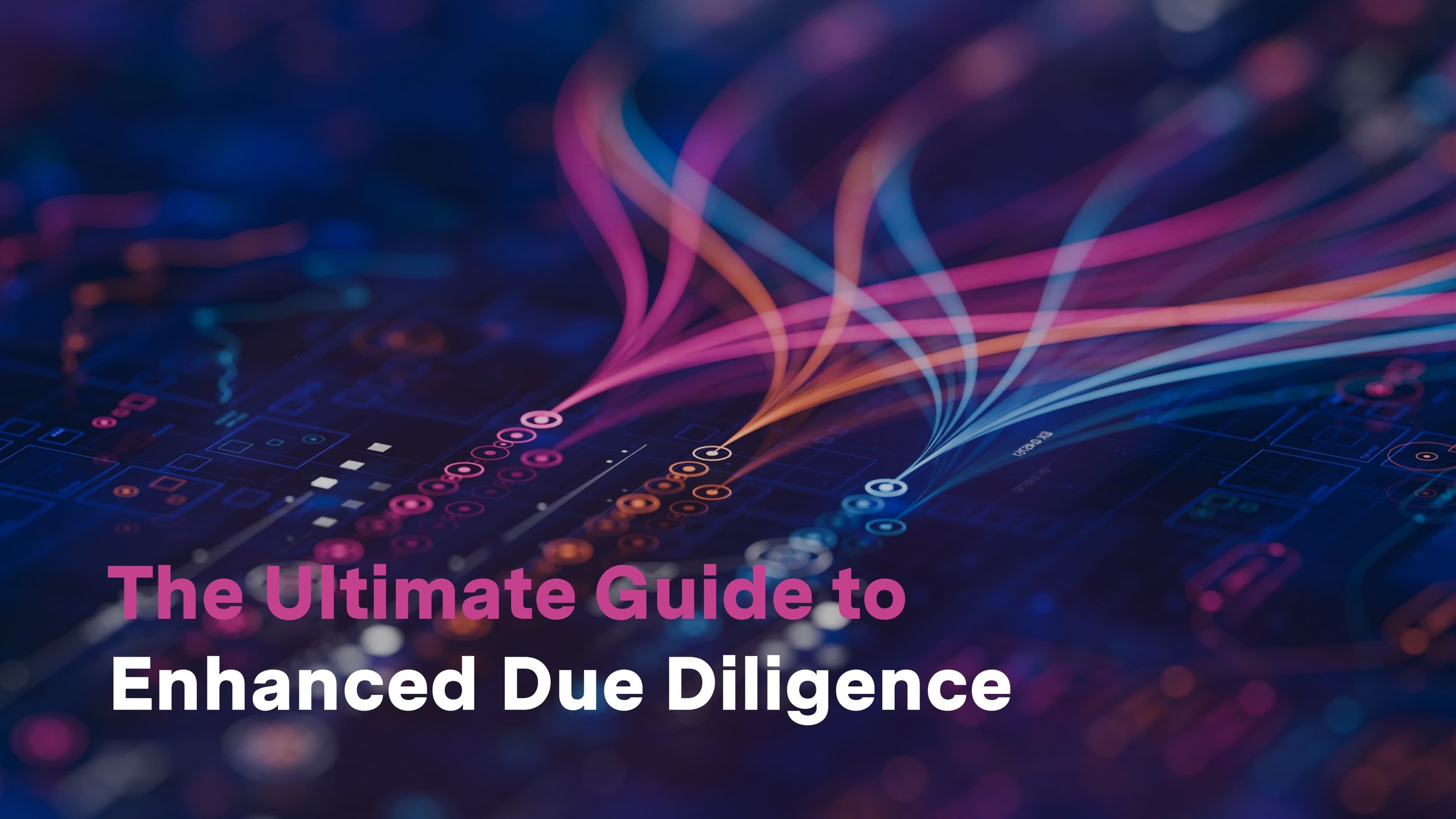
The Ultimate Guide to Enhanced Due Diligence (EDD)
Dive into the essentials of Enhanced Due Diligence (EDD) and its pivotal role in compliance. Understand how EDD processes help identify high-risk customers, ensure regulatory adherence, and protect your business from financial crimes.

Guide to KYC: Processes, Requirements, and Benefits
Understand the essentials of KYC processes, requirements, and benefits. Learn how robust identity verification enhances compliance and builds trust.
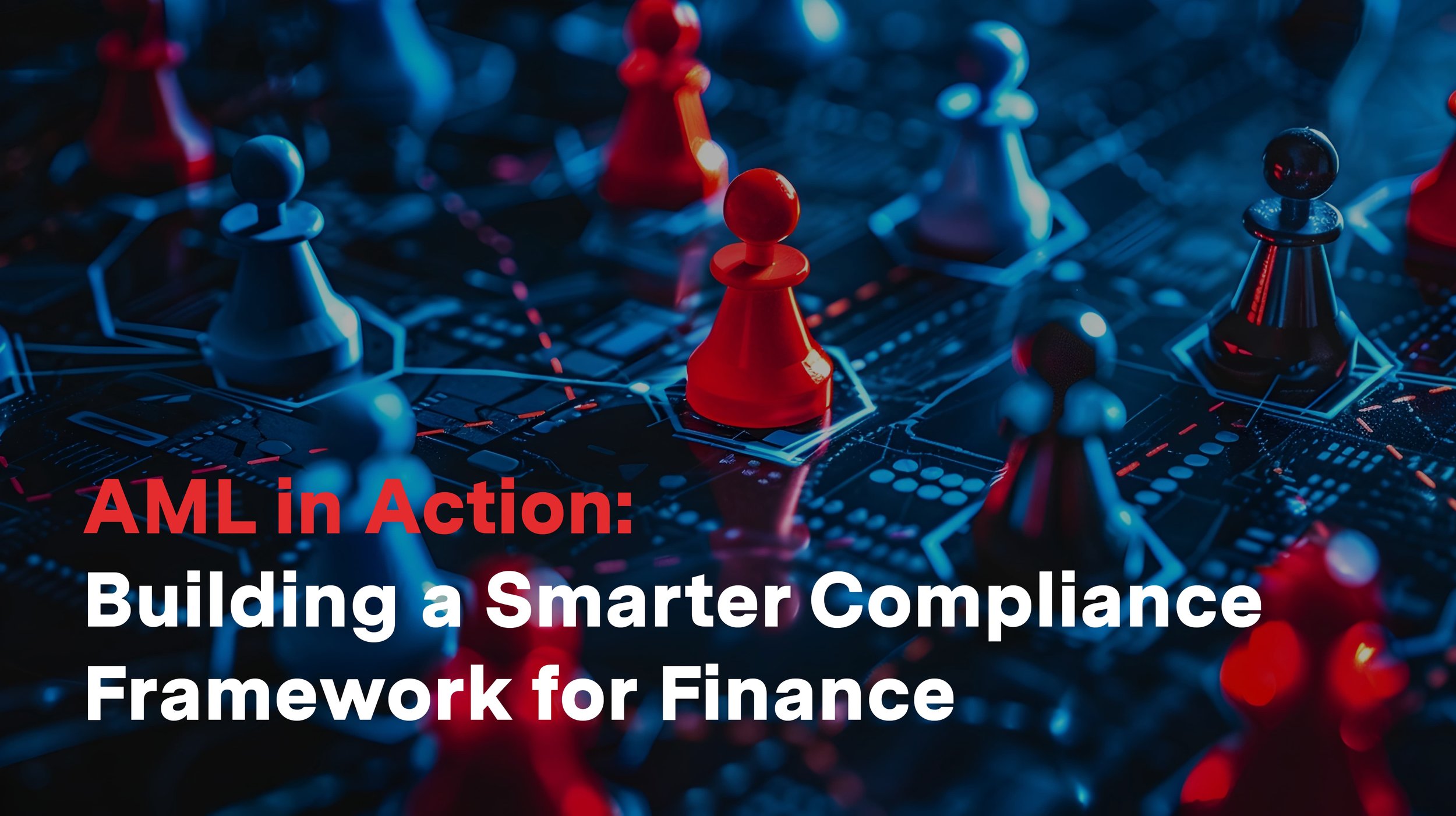
AML in Action: Building a Smarter Compliance Framework for Finance
Discover the critical role of money laundering checks in the financial industry. Understand best practices, compliance obligations, and how robust AML measures protect your institution from financial crime.

What Are the Key Challenges in PEP Screening and How Can They Be Solved
Politically Exposed Person (PEP) screening is a critical pillar of anti-money laundering (AML) compliance—but it’s also one of the most complex and misunderstood areas. From high false positive rates to inconsistent global definitions and difficulties identifying close associates, the challenges can overwhelm even experienced compliance teams. This article breaks down the real risks in PEP screening and provides actionable solutions, including how to leverage advanced technology, enhance KYC processes, and implement a risk-based approach that reduces manual workload while ensuring full regulatory alignment.

Business Rules vs Machine Learning: What Works Best in Compliance?
In today’s rapidly evolving regulatory environment, compliance teams face a critical choice: should they rely on traditional business rules or embrace machine learning? Business rules offer clarity and control, while machine learning provides adaptability and deep insight through data-driven decision-making. This article explores the pros and cons of each approach, outlines key compliance use cases, and shows how combining both can create a scalable, responsive compliance framework. Whether you're improving anti-money laundering (AML) systems or reducing false positives, understanding these technologies is essential for staying compliant and competitive.
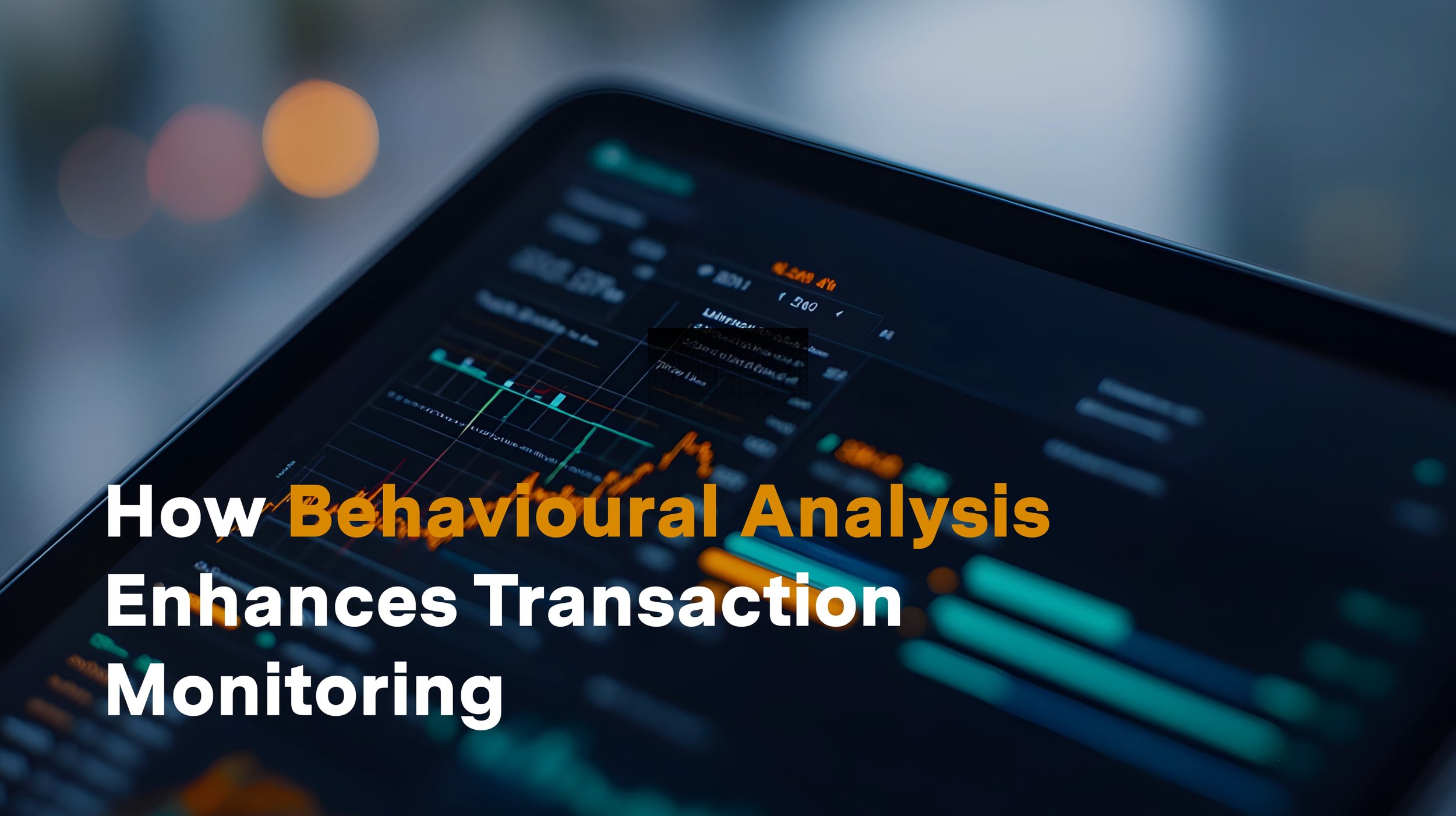
How Behavioural Analysis Enhances Transaction Monitoring
Behavioural analysis is redefining transaction monitoring by detecting subtle anomalies in customer activity that rule-based systems often miss. By understanding behavioural patterns, financial institutions can dramatically improve fraud detection accuracy, reduce false positives, and build dynamic risk profiles. This article explores how AI-powered behavioural analysis strengthens AML efforts, enhances real-time monitoring, and supports compliance with evolving regulations like PSD2 and FATF guidance. Learn how leading banks are using it to proactively identify threats and improve operational efficiency.
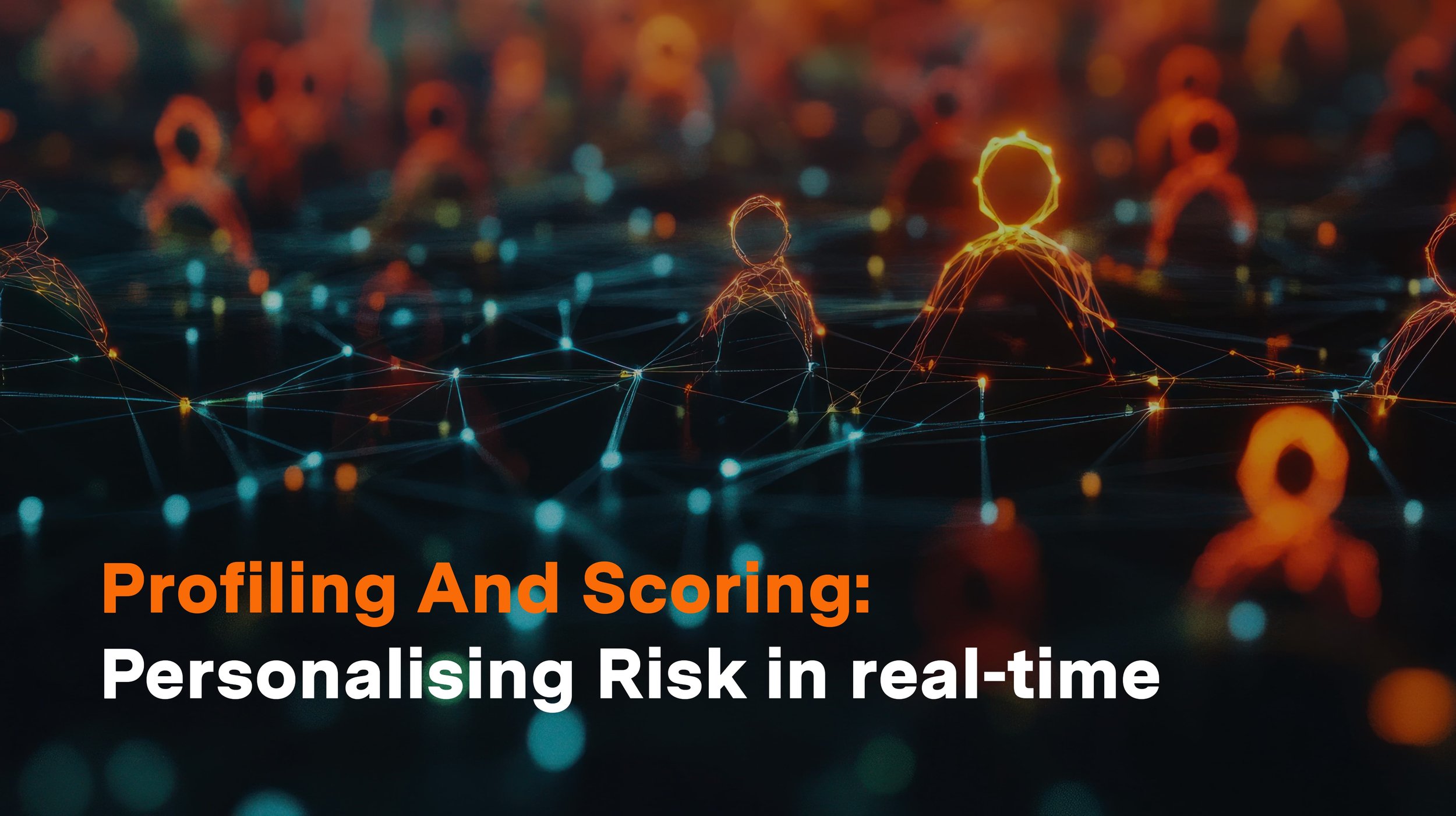
Profiling And Scoring: Personalising Risk in real-time
Real-time risk profiling and personalised scoring are transforming how financial institutions assess, manage, and respond to risk. By leveraging AI, behavioural analytics, and continuous transaction monitoring, organisations can shift from static models to dynamic, individualised risk assessments. This article explores the core elements of real-time profiling—customer behaviour, transaction patterns, and external factors—alongside the technologies driving these capabilities. Learn how to enhance compliance, reduce exposure to financial crime, and stay ahead of emerging threats with smarter, adaptive risk models.
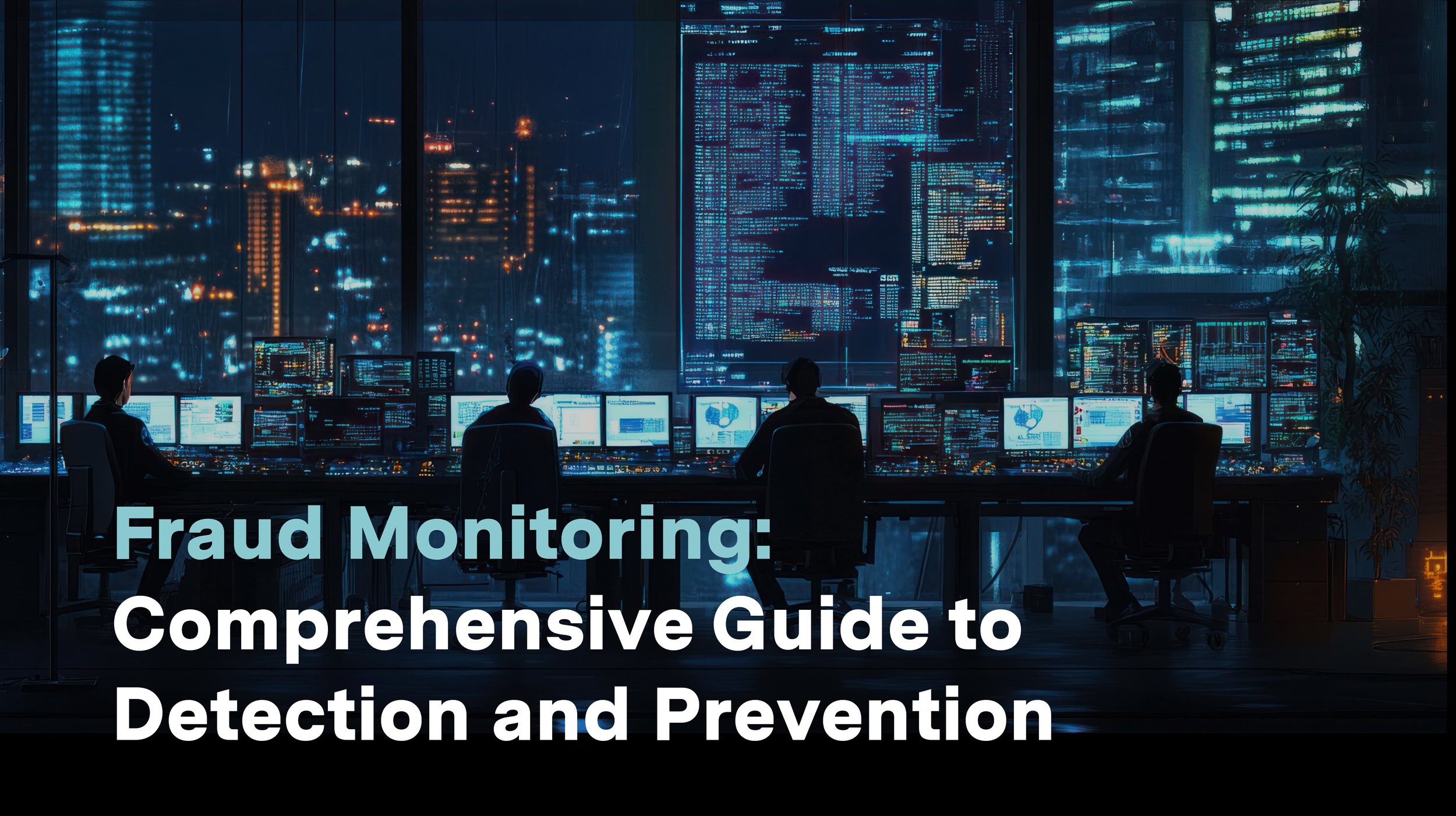
Fraud Monitoring: Comprehensive Guide to Detection and Prevention
As digital transactions surge, so do opportunities for fraud. Businesses must stay ahead with intelligent fraud monitoring systems that detect and prevent threats in real time. This guide explores the foundations of fraud monitoring—unpacking how technologies like AI, machine learning, and behavioural analytics power smarter detection. From stopping authorised push payment fraud to reducing false positives and meeting evolving regulatory demands, we break down what organisations need to know to future-proof their fraud defences and protect customer trust.



